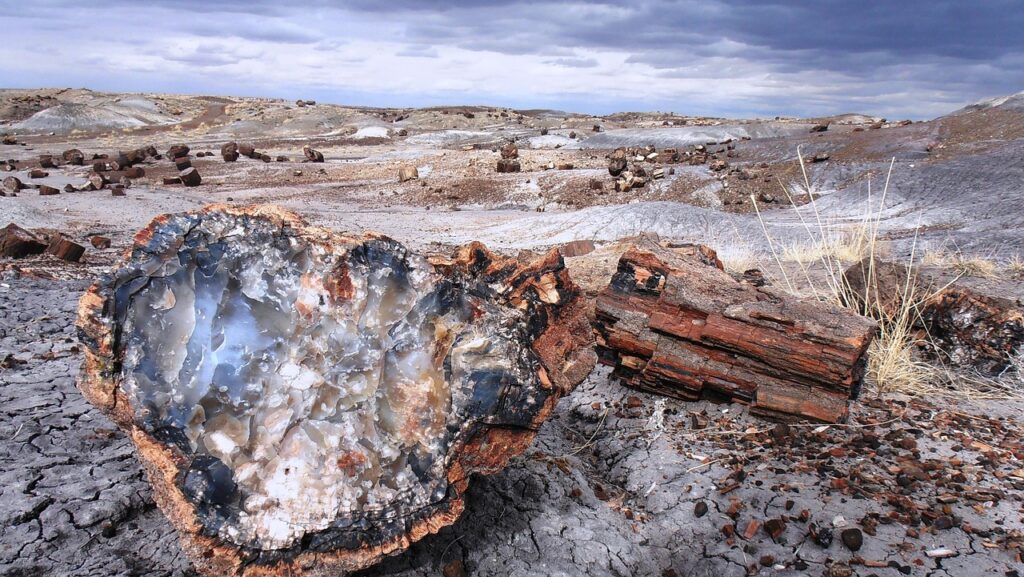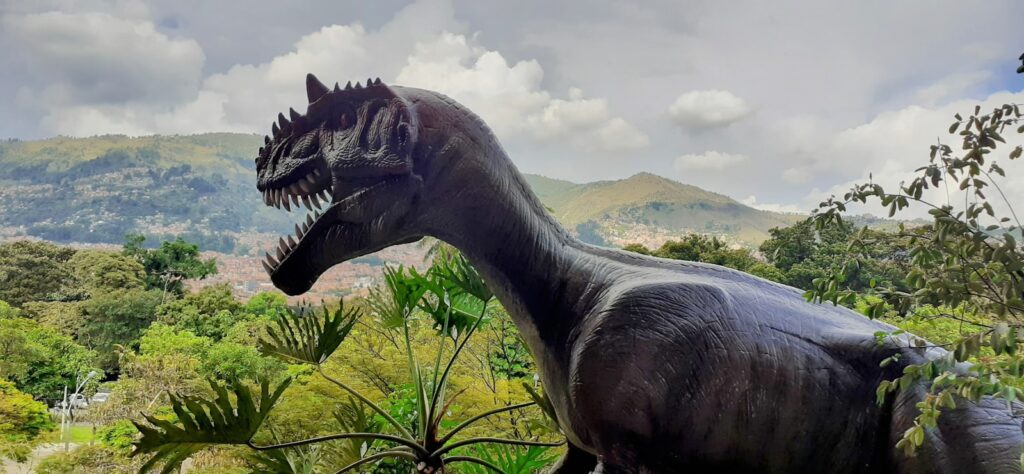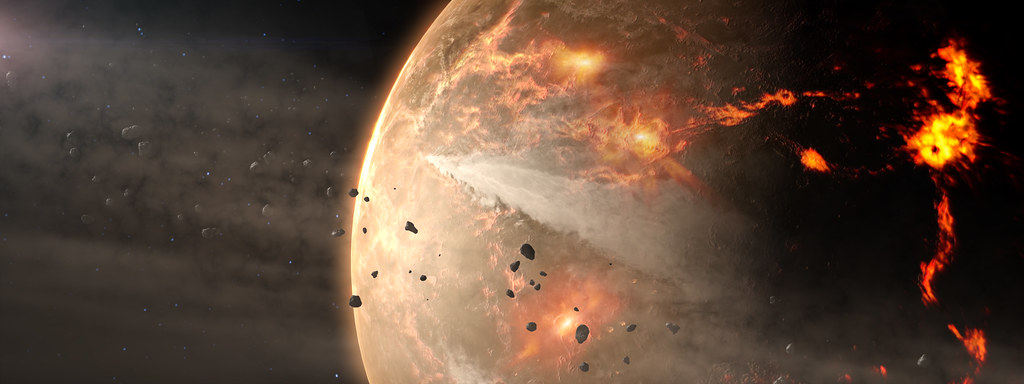Imagine walking through a forest where towering tree trunks sparkle like jewels, their surfaces gleaming with crystal formations. But here’s the mind-bending part: these aren’t living trees at all. They’re ancient forests turned to stone, preserving secrets from millions of years ago when the Earth looked completely different than it does today. These petrified forests aren’t just geological curiosities – they’re our time machines, offering unprecedented glimpses into climates so ancient they existed before dinosaurs ruled the planet.
The Time Capsules Hidden in Stone
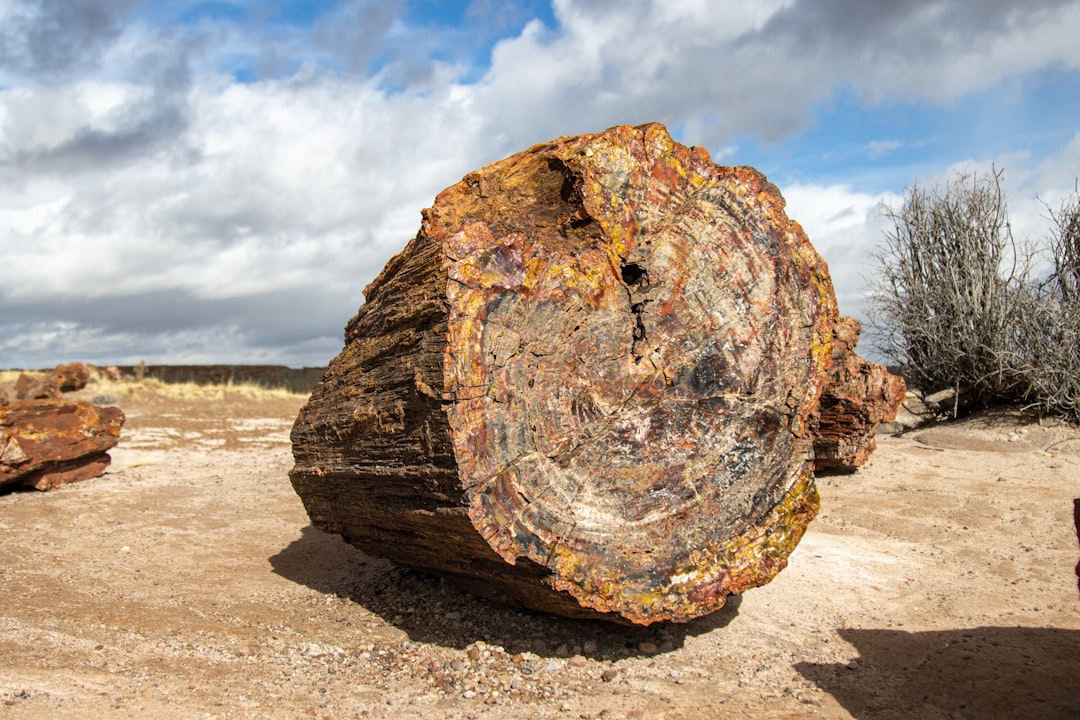
Petrified wood is the fossilized remains of ancient trees that have undergone a process known as silicification, where organic material is replaced by minerals, transforming the wood into stone. What makes these fossils absolutely extraordinary is that unlike typical fossils, petrified wood retains a three-dimensional structure, revealing intricate details of the original tree, including its cellular makeup.
Think of it like nature’s most elaborate preservation project. When ancient trees were buried quickly under sediment or volcanic ash, they were essentially mummified before they could decay. Over millions of years, mineral-rich water seeped through the wood, replacing the organic material cell by cell until what remained was a perfect stone replica of the original tree, complete with growth rings and cellular structure intact.
When Earth Was a Different Planet
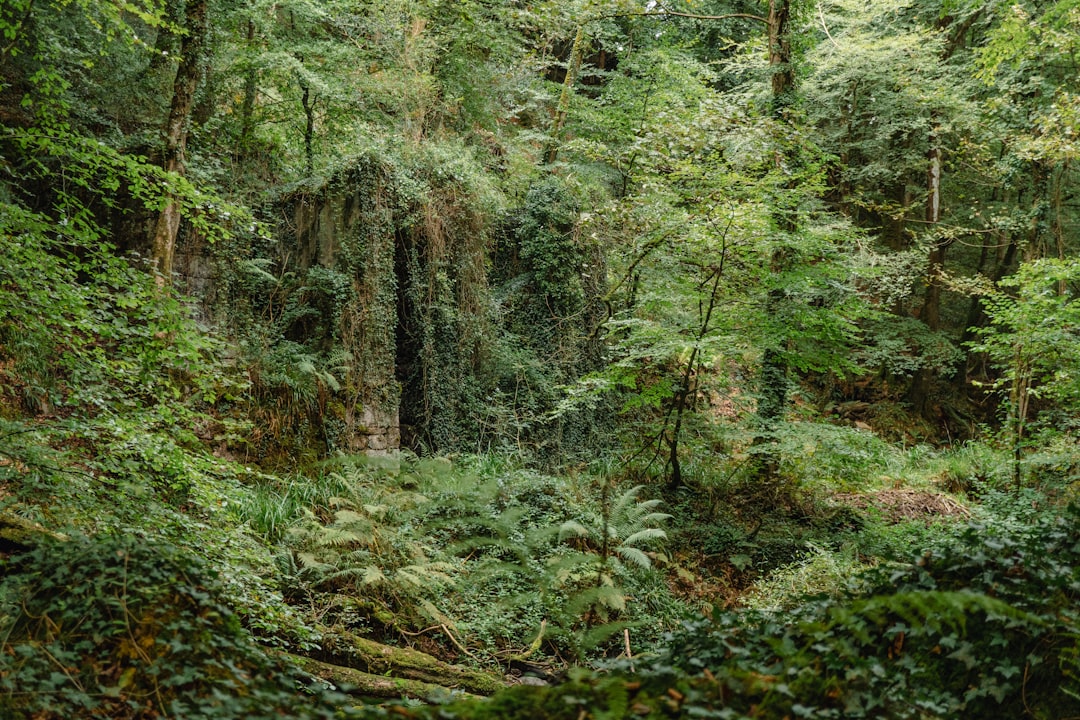
The most famous petrified forests take us back to the Triassic Period, roughly 250 million years ago. During this epoch, the region that is now the park was near the equator on the southwestern edge of the supercontinent Pangaea, and its climate was humid and sub-tropical. Picture Arizona not as a desert, but as a lush, steamy landscape where giant ferns towered overhead and rivers meandered through tropical forests.
Worldwide climatic conditions during the Triassic seem to have been much more homogeneous than at present. No polar ice existed. Temperature differences between the Equator and the poles would have been less extreme than they are today, which would have resulted in less diversity in biological habitats. It was a world where palm trees could grow near the Arctic Circle and crocodiles basked in European swamps.
The Volcanic Recipe for Immortality
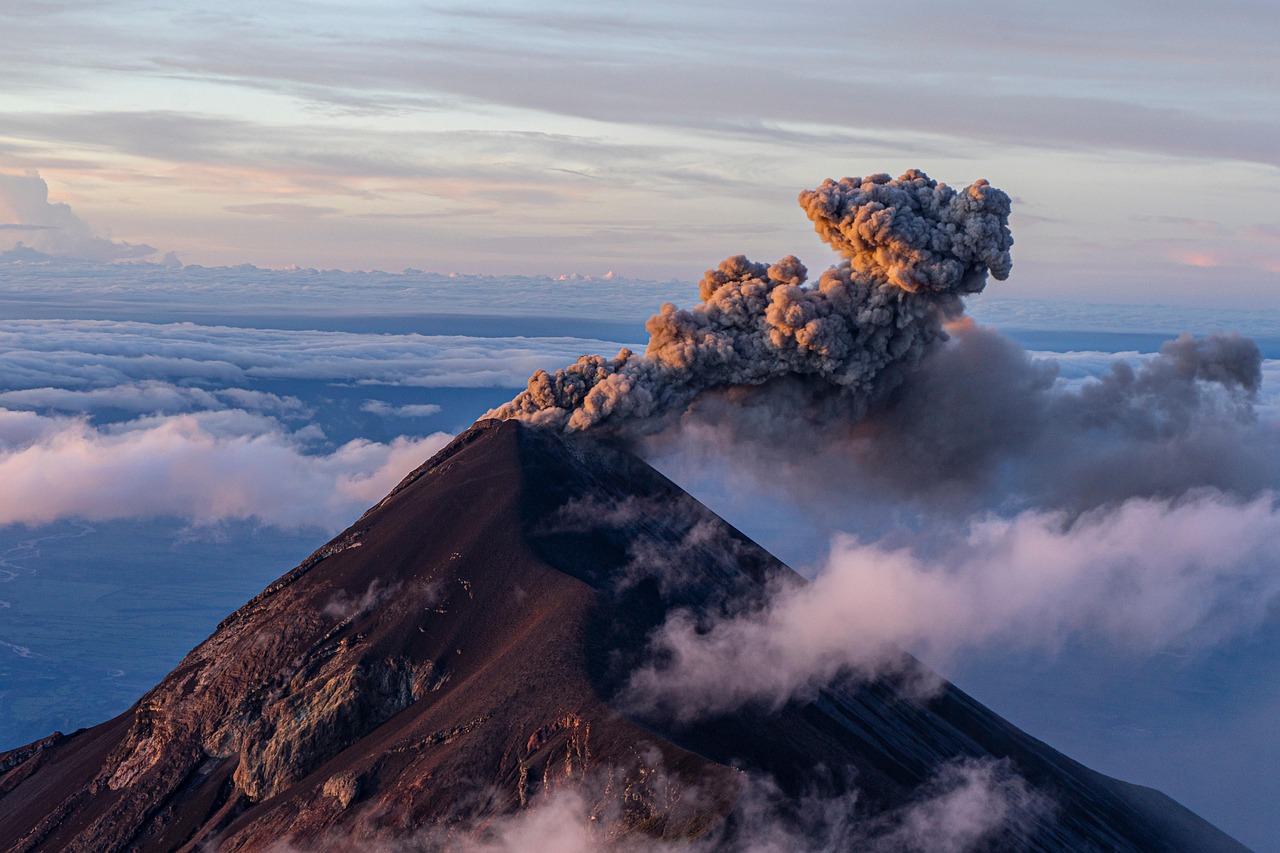
The perfect storm for creating petrified forests involves volcanoes, timing, and chemistry working together in precise harmony. Volcanic ash is particularly suitable for preservation of wood, because large quantities of silica are released as the ash weathers. The presence of petrified wood in a sedimentary bed is often an indication of the presence of weathered volcanic ash.
When volcanic eruptions buried entire forests, they created the ideal conditions for fossilization. The ash acted like a natural embalming fluid, cutting off oxygen and preventing decay while providing silica-rich minerals that would slowly replace the wood’s organic matter. It’s like nature’s version of making a plaster cast, except the process takes hundreds of thousands of years to complete.
Reading the Climate Clues in Ancient Wood
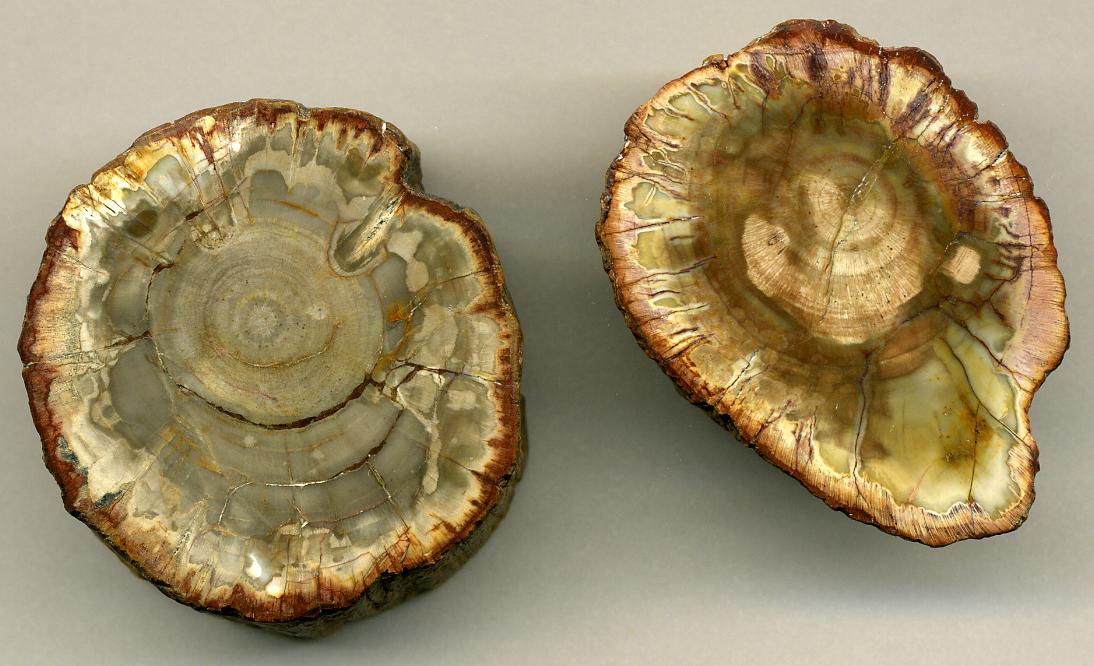
In some cases, much older tree rings in petrified wood have been analyzed to interpret what the climate was like hundreds of thousands to millions of years ago. Scientists can examine the cellular structure of petrified wood to understand seasonal growth patterns, just like reading tree rings in living forests.
The anatomy of these ancient trees tells remarkable stories. As all the fossil taxa possess diffuse porous wood, they further indicate a tropical climate with little seasonality. The majority of the taxa in the fossil assemblage generally have large vessels and simple perforation plates which indicate high precipitation. It’s like having a weather report from millions of years ago, written in wood and stone.
From Tropical Paradise to Temperate Reality
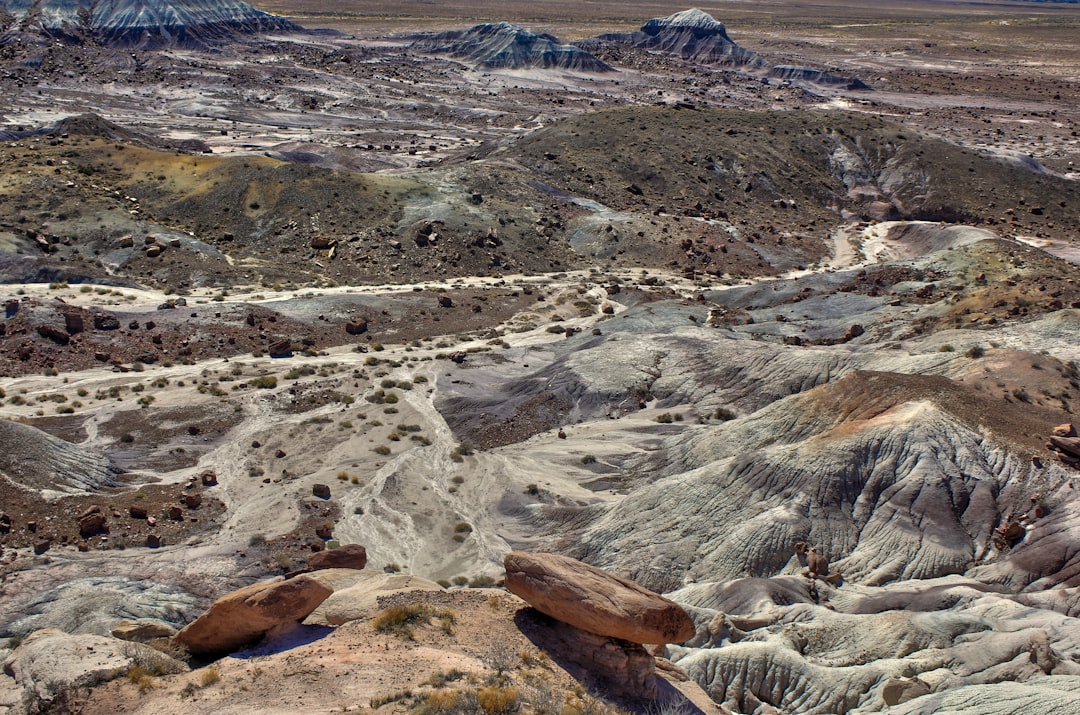
Petrified forests reveal dramatic climate shifts over geological time. The increase over time in the percentages of dicotyledon specimens with distinct growth rings and with ring porous and semi-ring porous wood from this study suggests an overall climatic shift from tropical (Early Eocene) to cool temperate (Early Miocene) in southwestern Oregon. These results are consistent with a similar climatic shift evidenced by paleoecological reconstructions for the Eocene to Miocene of the John Day Fossil Beds in central Oregon.
This transformation wasn’t gradual – it represents one of Earth’s most significant climate reorganizations. Imagine the Pacific Northwest changing from a steamy jungle filled with palm trees and tropical hardwoods to the cool, coniferous forests we know today. The petrified wood preserves every step of this incredible transformation.
Global Witnesses to Ancient Climate
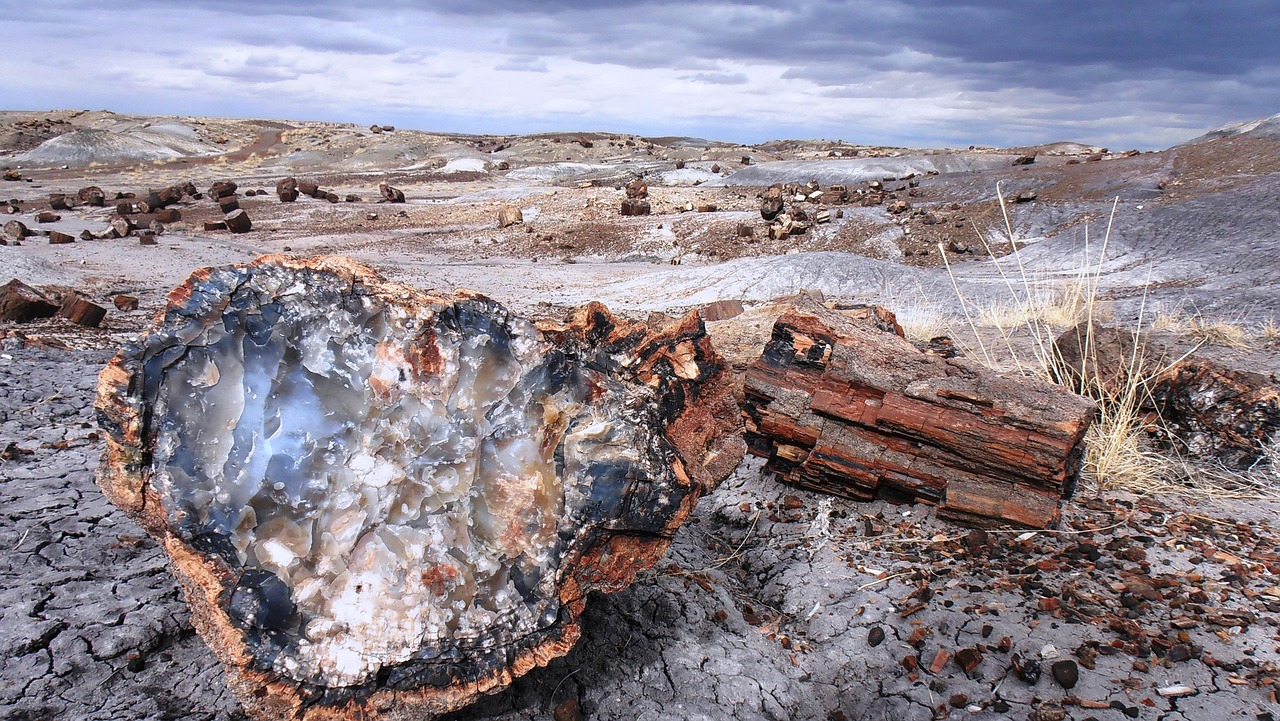
Globally, petrified forests can also be found in regions such as Greece, Argentina, and Namibia, each providing valuable insights into the Earth’s climatic and ecological history. Each location tells a unique climate story, like chapters in Earth’s biography.
The Greek island of Lesvos preserves an ancient subtropical forest that existed twenty million years ago, when the Mediterranean was a completely different world. Meanwhile, sites in Argentina reveal how South American climates shifted as the Andes Mountains rose, creating rain shadows that transformed lush forests into the dry landscapes we see today.
The Triassic Climate Mystery
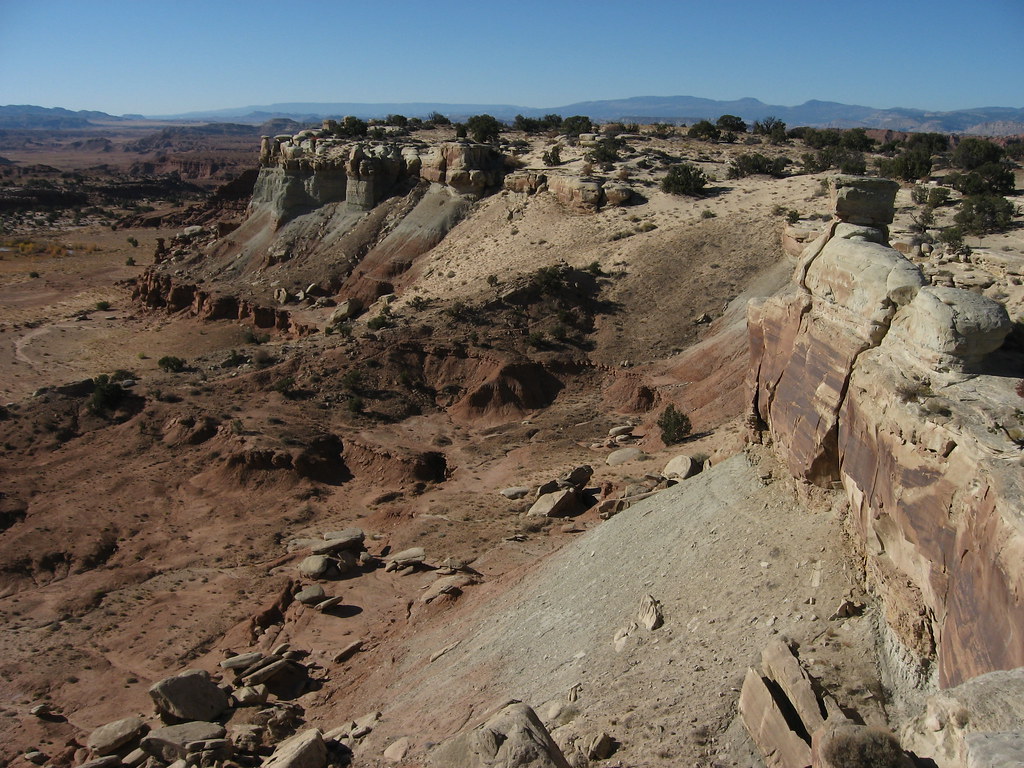
In particular, the Triassic Era saw the dominance of gymnosperms, such as conifers and ginkgos, which contributed to many preserved specimens. But here’s where things get fascinating – and puzzling. Yet the paleoclimatic evidence is conflicting. There are several indicators of an arid climate, including the following: red sandstones and shales that contain few fossils, lithified dune deposits with cross-bedding, salt pseudomorphs in marls, mudcracks, and evaporites. On the other hand, there is evidence for strong seasonal precipitation, including braided fluvial (riverine) sediments, clay-rich deltaic deposits, and red beds of alluvial and fluvial origin.
This contradiction reveals how complex ancient climates were. Even with all our modern technology, scientists are still piecing together the puzzle of how Triassic weather patterns actually worked. The petrified forests suggest lush, wet conditions, while rock formations indicate periods of intense drought – possibly within the same regions.
Revolutionary Discoveries in Ancient Forests
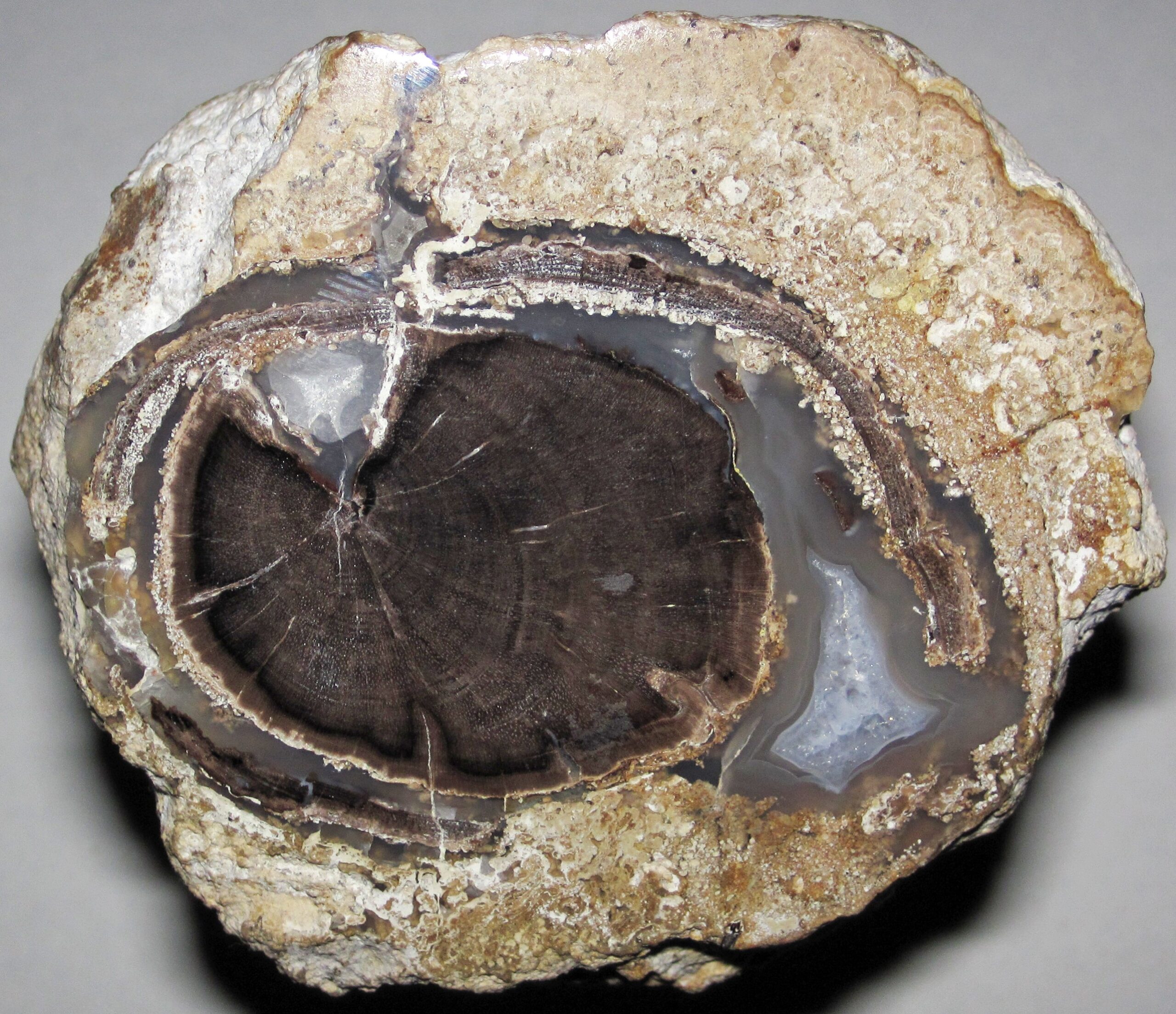
In 2024, geologists discovered 350-million-year-old tree fossils of the Sanfordiacaulis tree in southeastern Canada. Scientists have discovered the world’s oldest forest in an abandoned quarry near Cairo, New York. The 385-million-year-old rocks contain the fossilized woody roots of dozens of ancient trees.
These discoveries are rewriting our understanding of early forest ecosystems. The ancient forests were far more complex and sophisticated than scientists previously imagined, with root systems so extensive they fundamentally changed how carbon moved between the atmosphere and the ground. It’s like discovering that the first automobiles were actually sports cars – much more advanced than anyone expected.
The Carbon Connection That Changed Everything
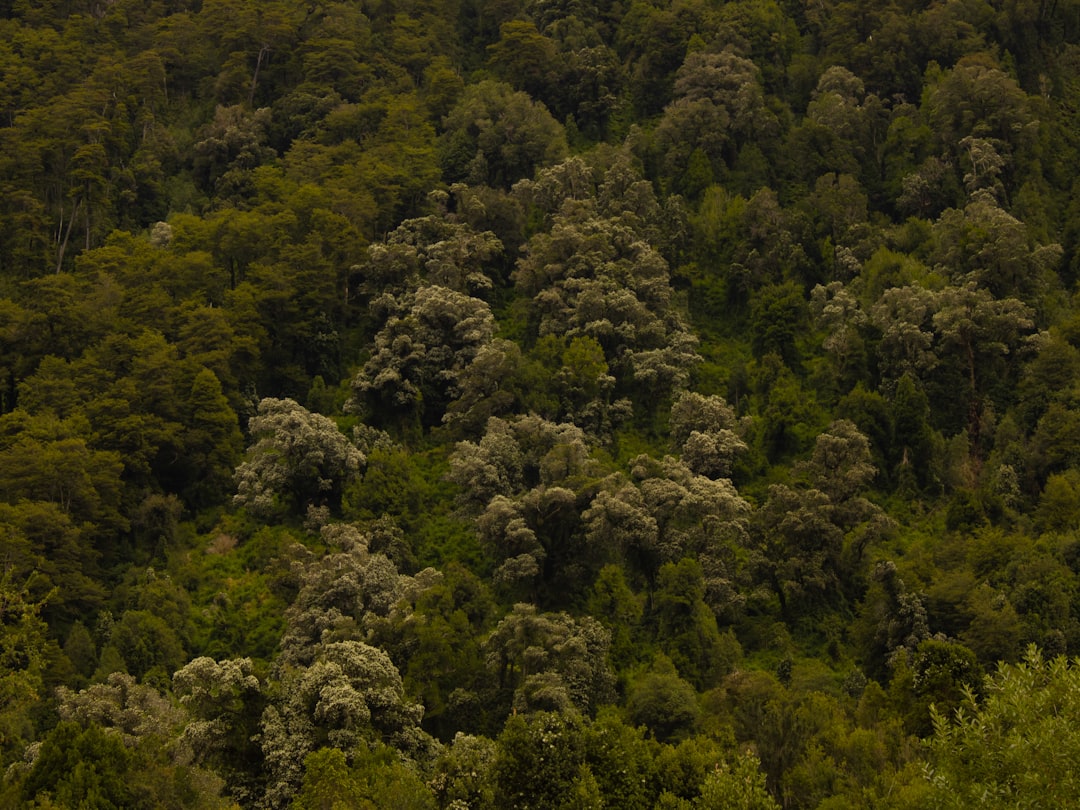
When trees evolved these roots, they helped pull carbon dioxide (CO2) from the air and lock it away, radically shifting the planet’s climate and leading to the atmosphere we know today. Some research suggests the removal of so much atmospheric CO2 led directly to a sustained rise in oxygen levels, with the atmosphere containing about 35% oxygen by 300 million years ago. This, in turn, may have led to the evolution of gigantic insects at that time, some with wing spans of 70 centimeters, which may have lived in the ancient forests.
These ancient forests didn’t just witness climate change – they caused it. By pulling massive amounts of carbon dioxide from the atmosphere, they helped create the oxygen-rich world that made complex life possible. Imagine dragonflies with wingspans wider than a pizza box, soaring through forests that were actively terraforming the planet.
Modern Science Meets Ancient Mysteries
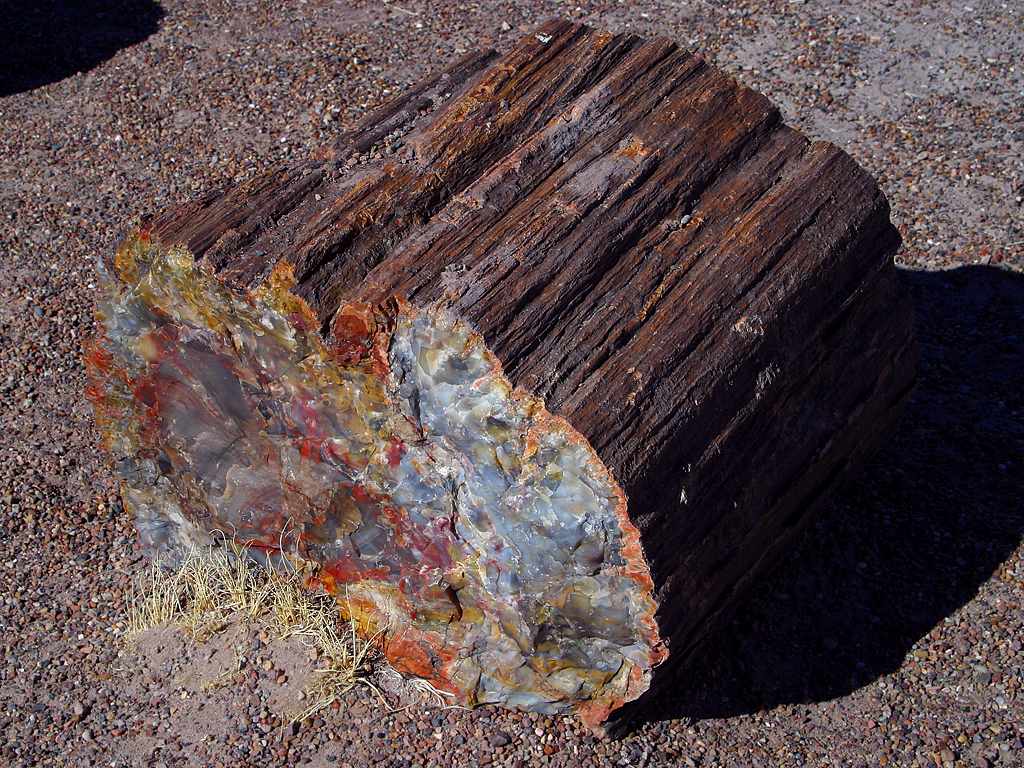
Scientific research into petrified wood continues to give scientists a better understanding of the Earth’s past, including ancient ecosystems, climates, and species. I wonder if this data from petrified wood could be used alongside other paleoclimate proxies (indicators like ice cores or sediment layers that help reconstruct past climates) to create a more complete picture of Earth’s historical climate.
Today’s researchers use sophisticated techniques that would seem like magic to earlier generations of scientists. They can analyze the chemical composition of individual cells in petrified wood, revealing details about ancient rainfall patterns, seasonal temperature variations, and even the atmospheric composition when these trees were alive. It’s like having a conversation with forests that died before humans existed.
These ancient forests continue to surprise us, revealing that Earth’s climate history is far more dramatic and complex than we ever imagined. Every petrified log is a messenger from deep time, carrying stories of worlds where the familiar rules of geography and climate simply didn’t apply. What would you have guessed about a planet where the poles were ice-free and deserts bloomed with tropical forests?

